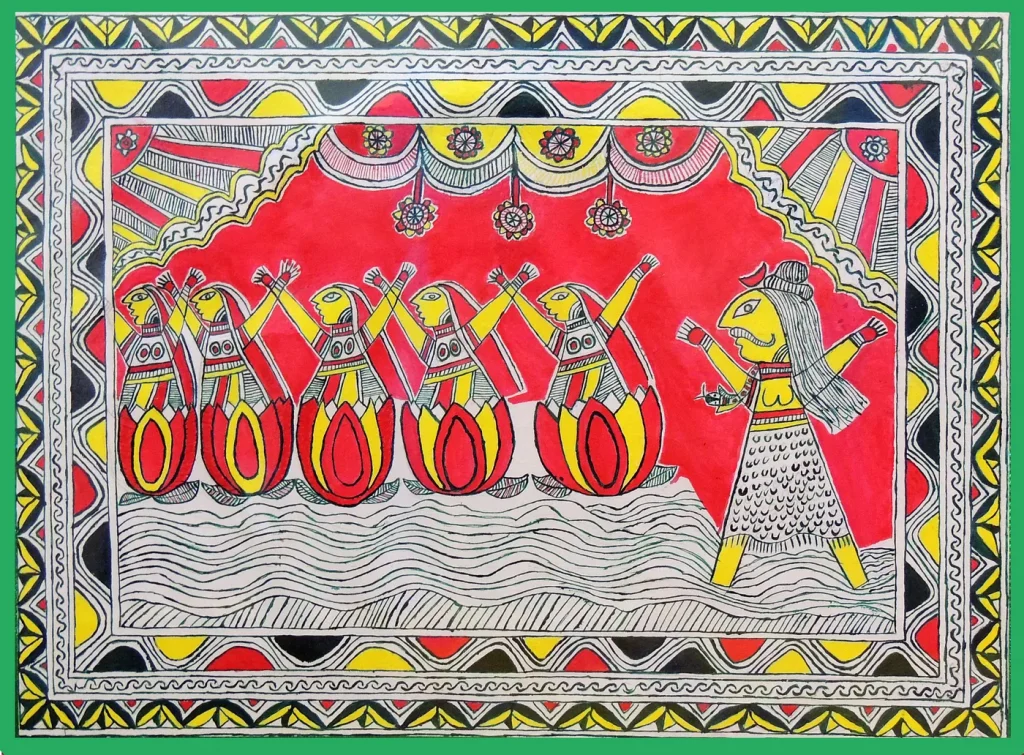Table of Contents
Introduction
Rare art forms, though often niche or unconventional, possess the power to influence cultures and societies in profound ways. These unique artistic expressions can offer fresh perspectives, challenge societal norms, and preserve cultural heritage. By delving into the impact of these rare art forms, we gain insight into how they reflect, shape, and enrich human experiences across different contexts.

The Essence of Rare Art Forms
Rare art forms are characterized by their unusual methods, materials, or themes that set them apart from mainstream artistic practices. These art forms often arise from specific cultural traditions, innovative experimentation, or a desire to break away from conventional artistic boundaries. Despite their rarity, they can become powerful symbols of cultural identity, social commentary, and artistic innovation.
Examples of Rare Art Forms and Their Cultural Impact
1. Tattoo Art
Tattooing is a rare art form with deep cultural significance across various societies. While tattoos are increasingly popular globally, their cultural impact is particularly profound in communities where they have long been a traditional practice. For instance, in Polynesian cultures, tattooing is more than just body decoration; it is a form of storytelling and a marker of social status and identity. Traditional Polynesian tattoos, or &8220;tatau,&8221; carry intricate patterns that denote family heritage, accomplishments, and social roles.
In contemporary settings, tattoo art has evolved to include diverse styles and techniques, reflecting personal stories and artistic innovation. The increasing acceptance and visibility of tattoos challenge conventional views on body art, fostering discussions about identity, freedom of expression, and cultural appreciation.
2. Sand Painting
Sand painting is an ancient art form found in various indigenous cultures, including Native American, Tibetan, and Australian Aboriginal traditions. In these cultures, sand paintings often serve ritualistic or ceremonial purposes. For example, Navajo sand paintings are integral to healing ceremonies, where they are created to invite spiritual forces and restore harmony.
The ephemeral nature of sand paintings—where designs are erased after the ritual—is symbolic of the impermanence of life and the cyclical nature of existence. This art form underscores the deep connection between art, spirituality, and cultural practices, emphasizing the importance of preserving and understanding these traditions.
3. Reverse Glass Painting
Reverse glass painting, a technique where images are painted on the reverse side of glass and viewed through the front, has historical significance in various cultures. This art form gained prominence in regions such as China, India, and Europe during the 17th and 18th centuries. It was used to create decorative panels, religious icons, and portraits.
In India, reverse glass paintings were often used in religious contexts, depicting deities and scenes from mythology. This technique allowed artists to create intricate designs with a distinctive luminosity and depth. The revival and appreciation of reverse glass painting highlight the cultural exchanges between East and West and the enduring appeal of traditional craftsmanship.

4. Kintsugi
Kintsugi is the Japanese art of repairing broken pottery with lacquer mixed with powdered gold, silver, or platinum. This rare art form not only restores functional value to the pottery but also transforms it into a unique, aesthetically pleasing object. The philosophy behind kintsugi emphasizes the beauty of imperfections and the acceptance of change.
The cultural impact of kintsugi extends beyond pottery, influencing contemporary design and art practices. It symbolizes resilience and the ability to find beauty in the flawed or damaged, resonating with broader themes of healing and personal growth. Kintsugi’s philosophy challenges traditional notions of perfection and encourages a deeper appreciation for the value of restoration and renewal.
5. Trompe-l&8217;œil
Trompe-l&8217;œil, a French term meaning &8220;deceive the eye,&8221; is a painting technique designed to create the illusion of three-dimensionality on a two-dimensional surface. This rare art form has been used since ancient times, including in Roman frescoes and Renaissance murals. It relies on precise perspective and shading to trick viewers into perceiving depth and realism.
The cultural impact of trompe-l&8217;œil is evident in its ability to transform ordinary spaces into visually engaging environments. This technique has been employed in various contexts, from architectural decoration to contemporary street art. Trompe-l&8217;œil challenges perceptions of reality and illusion, reflecting the dynamic interplay between art and the viewer’s experience.
The Preservation and Evolution of Rare Art Forms
Preserving rare art forms is crucial for maintaining cultural heritage and understanding historical artistic practices. Efforts to document, study, and revitalize these art forms help ensure their continued relevance and appreciation. As societies evolve, rare art forms often undergo transformations, influenced by contemporary artistic trends and cultural exchanges.
Revival movements and contemporary reinterpretations of rare art forms highlight their enduring appeal and adaptability. Artists and cultural practitioners play a vital role in preserving these traditions while infusing them with new meanings and contexts. This ongoing evolution reflects the dynamic nature of art and its ability to adapt to changing cultural landscapes.

Conclusion
Rare art forms offer invaluable insights into cultural practices, artistic innovation, and societal values. From tattoo art and sand painting to kintsugi and trompe-l&8217;œil, these unique expressions challenge conventional norms and enrich our understanding of human creativity. By exploring and preserving these rare art forms, we gain a deeper appreciation for the diverse ways in which art influences and reflects our world.
